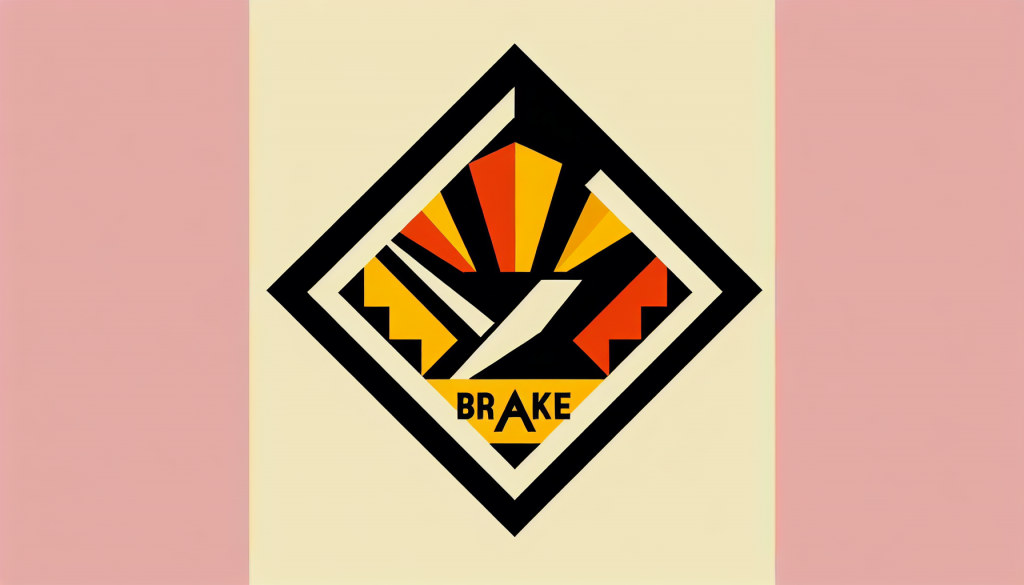Understanding the Brake Warning Light on Your Dashboard
Why the Brake Warning Light Matters
That little brake warning light on your dashboard isn’t just for show. It’s like your car’s way of waving a red flag, saying, “Hey, something’s up with the brakes!” Ignoring it? Not a good idea. It could mean anything from a minor issue to something that could put you and others in danger.
When that light pops on, it’s your cue to take action. Knowing what it means and what to do can save you from a world of trouble. For a deeper dive into what all those dashboard lights mean, check out our dashboard warning light guide.
Why Your Brake Warning Light Might Be On
There are a bunch of reasons why your brake warning light might light up. Knowing these can help you figure out what’s going on and what to do next.
| Reason | What’s Going On |
|---|---|
| Low Brake Fluid | Not enough brake fluid can mess with your braking power. |
| Worn Brake Pads | Time to swap out those old brake pads. |
| Parking Brake Engaged | Oops, you left the parking brake on. |
| ABS Issues | Something’s up with the Anti-lock Braking System. |
| Sensor Malfunction | Sometimes, the sensors just get it wrong. |
-
Low Brake Fluid: Your car’s brake system needs fluid to work right. If the level’s too low, the brakes might not work like they should, and that light will come on.
-
Worn Brake Pads: Brake pads wear out over time. Many cars have sensors that let you know when it’s time for new ones.
-
Parking Brake Engaged: If your parking brake is even a little bit on, that light will stay lit. Make sure it’s fully released before you hit the road.
-
ABS Issues: The Anti-lock Braking System (ABS) helps you stop without skidding. If there’s a problem with it, the brake warning light will let you know. For more on ABS, see our article on dashboard warning light abs.
-
Sensor Malfunction: Sometimes, the sensors themselves can go haywire, causing a false alarm. A pro can check this out for you.
For more tips on figuring out what’s wrong, see our article on dashboard warning lights troubleshooting. Don’t ignore these warnings—fixing them sooner rather than later can keep you safe and save you money in the long run.
Act Fast for Your Safety
What to Do When the Brake Warning Light Pops Up
Seeing that brake warning light on your dashboard? Don’t panic, but don’t ignore it either. Here’s what you need to do:
- Pull Over Safely: Find a safe spot to stop. No sudden braking—just ease your way to a halt.
- Check the Parking Brake: Make sure the parking brake is fully released. Sometimes, that light comes on because the parking brake isn’t all the way down.
- Peek at the Brake Fluid: Pop the hood and check the brake fluid reservoir. If it’s low, you might have a leak or just need a top-off. Your car’s manual will tell you the right type of fluid to use.
- Look for Leaks: Check under your car for any brake fluid puddles. Leaks can mess with your braking, so don’t ignore them.
- Test the Brakes: Gently press the brake pedal. Does it feel normal, or is it spongy? Any weirdness could mean trouble.
| Action | What to Do |
|---|---|
| Pull Over Safely | Find a safe place to stop your car. |
| Check Parking Brake | Make sure the parking brake is fully released. |
| Peek at Brake Fluid | Check the brake fluid reservoir for low levels. |
| Look for Leaks | Inspect under the car for brake fluid leaks. |
| Test Brakes | Press the brake pedal to see if it feels normal. |
Want to know more about those pesky dashboard lights? Check out our dashboard warning light meanings.
When to Call in the Pros for a Brake Check
If that brake warning light stays on after your initial checks, it’s time to call in the experts. A certified mechanic can dig deeper and fix any issues. Here’s what they’ll do:
- Diagnostic Scan: They’ll use a tool to scan for error codes that can pinpoint the problem.
- Brake System Check: The mechanic will look at your brake pads, rotors, calipers, and lines.
- Fluid Check: They’ll check the brake fluid level and quality. Old or dirty fluid can mess with your brakes.
- Brake Test: They might take your car for a spin to see how the brakes perform.
- Fixes and Maintenance: Based on what they find, they’ll recommend repairs or maintenance to get your brakes back in shape.
| Professional Check | What to Expect |
|---|---|
| Diagnostic Scan | Scanning for error codes to find the issue. |
| Brake System Check | Inspecting brake pads, rotors, calipers, and lines. |
| Fluid Check | Checking the brake fluid level and quality. |
| Brake Test | Taking the car for a test drive to assess braking performance. |
| Fixes and Maintenance | Recommending and performing necessary repairs or maintenance. |
Need more help with dashboard lights? Visit our dashboard warning light troubleshooting and dashboard warning light repair articles.
Keeping your brakes in top shape is a must for safe driving. Don’t ignore that brake warning light—take action and get professional help if needed. Your safety and the safety of others depend on it.



